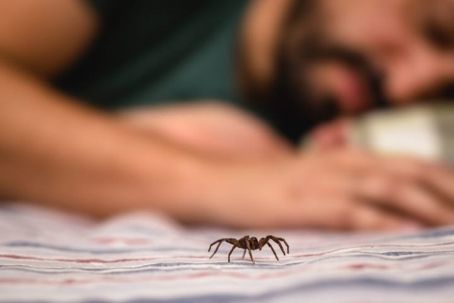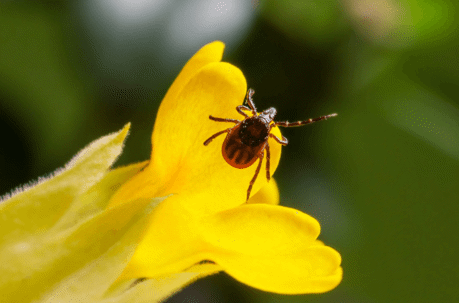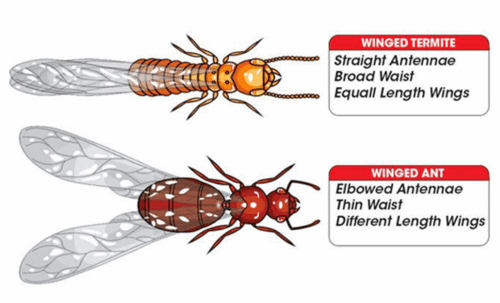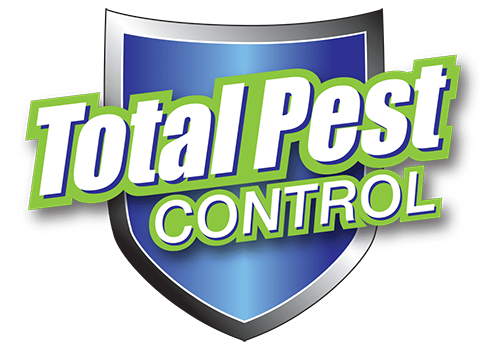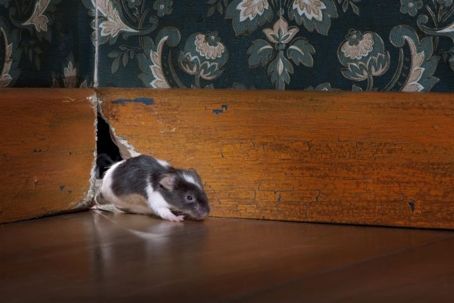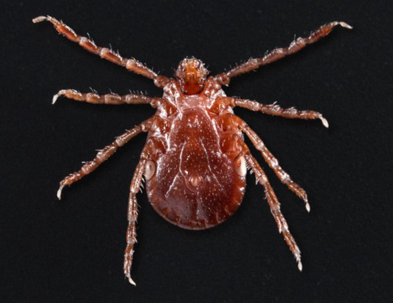PROTECTING CONNECTICUT: WHY LEADERS URGE VIGILANCE AGAINST THE SPOTTED LANTERNFLY
Protecting Connecticut: Why Leaders Urge Vigilance Against the Spotted Lanternfly
Connecticut's natural beauty is a source of pride for its residents, but lately, a tiny intruder has been causing concern among state leaders and agricultural experts. The Spotted Lanternfly, an invasive species native to Asia, has been spotted in neighboring states, prompting Connecticut leaders to take proactive measures to prevent its spread. In this blog post, we'll delve into why the Spotted Lanternfly poses a threat and what Connecticut residents can do to help protect their environment.
The Invasion of the Spotted Lanternfly
The Spotted Lanternfly, scientifically known as Lycorma delicatula, might seem harmless at first glance with its colorful wings, but its presence can wreak havoc on the ecosystem. This insect feeds on a wide range of plants, including important agricultural crops like grapes, apples, and hops. In addition to causing direct damage to plants by sucking sap from stems and leaves, the Spotted Lanternfly also excretes a sticky substance known as honeydew, which promotes the growth of mold and attracts other pests.
Why Connecticut Leaders are Concerned
Connecticut's climate and landscape provide an ideal habitat for the Spotted Lanternfly, making it susceptible to colonization if left unchecked. The potential impact on the state's agricultural industry is particularly worrisome, as Connecticut is home to numerous vineyards, orchards, and farms. In addition to economic losses, the spread of the Spotted Lanternfly could also disrupt the delicate balance of local ecosystems, threatening native plants and wildlife.
Taking Action Against the Invader
Recognizing the urgency of the situation, Connecticut leaders are urging residents to be vigilant and report any sightings of the Spotted Lanternfly. The Connecticut Agricultural Experiment Station (CAES) has established monitoring programs to track the insect's movement and provide early detection of new infestations. Additionally, state agencies are working in collaboration with neighboring states and federal partners to develop strategies for controlling the spread of the Spotted Lanternfly.
How Residents Can Help
While government agencies play a crucial role in combating invasive species, residents also have a part to play in protecting their environment. Here are a few steps that Connecticut residents can take to help prevent the spread of the Spotted Lanternfly:
- Learn to Identify the Insect: Familiarize yourself with the appearance of the Spotted Lanternfly and be on the lookout for any signs of infestation, such as egg masses on trees or the insects themselves.
- Report Sightings: If you spot a Spotted Lanternfly or suspect its presence, report it to the Connecticut Agricultural Experiment Station or your local agricultural extension office. Early detection is key to preventing the spread of invasive species.
- Take Precautionary Measures: When traveling to areas where the Spotted Lanternfly is present, inspect your belongings and vehicles for any signs of the insect before returning home. This can help prevent unintentional spread.
- Follow Quarantine Guidelines: If you live in an area where the Spotted Lanternfly has been detected, follow quarantine guidelines and avoid transporting potentially infested materials, such as firewood or outdoor furniture, to other locations.
The invasion of the Spotted Lanternfly poses a significant threat to Connecticut's environment and economy, but with collective action and vigilance, we can work together to mitigate its impact. By staying informed, reporting sightings, and taking preventive measures, residents can help protect their state from this invasive pest. Together, we can preserve Connecticut's natural beauty for generations to come.
Contact Total Pest Control today to learn more.
